A well-optimized supply chain is essential for business success. Inefficient logistics can lead to delays, increased costs, and customer dissatisfaction. By refining your supply chain processes, you can improve profitability, enhance service quality, and ensure long-term business growth.
Understand Your Supply Chain Workflow
The first step to optimizing your supply chain is understanding its structure. Analyze how goods move from suppliers to warehouses and finally to customers. Identify bottlenecks that slow down processes or increase expenses. A well-mapped workflow helps in making data-driven decisions.
Leverage Technology for Better Logistics Management
Investing in technology can significantly enhance supply chain efficiency. Implementing tools like Inventory Management Systems (IMS) and Warehouse Management Systems (WMS) ensures real-time tracking of stock levels, reducing the risk of overstocking or running out of inventory.
Automation also plays a crucial role in logistics. Automated order processing reduces human errors and speeds up fulfillment. Data analytics tools can predict demand trends, helping you plan ahead and avoid last-minute supply shortages.
Strengthen Relationships with Suppliers and 3PL Partners
Your supply chain is only as strong as its weakest link. Establish strong relationships with suppliers and third-party logistics (3PL) providers to ensure seamless operations. Communicate regularly, review their performance, and negotiate better terms to reduce costs and improve service levels.
When working with 3PL partners, regularly assess Service Level Agreements (SLAs) to ensure they meet delivery expectations. Address service failures immediately by requesting credits or refunds for poor performance.
Optimize Shipping and Freight Management
Shipping costs can quickly add up, affecting profit margins. Compare different shipping carriers to find the best rates while maintaining speed and reliability. Consider using regional warehouses or fulfillment centers to reduce shipping distances and improve delivery speed.
Packaging design also plays a crucial role in cost savings. Lighter, more compact packaging reduces shipping fees and minimizes waste, benefiting both your business and the environment.
Monitor Performance and Continuously Improve
Regularly track key performance indicators (KPIs) such as on-time delivery rates, inventory turnover, and order accuracy. Use this data to identify trends and improve efficiency. Set benchmarks and continuously refine your supply chain strategies to stay ahead of competitors.
Final Thoughts
A well-optimized supply chain ensures smooth operations, cost savings, and better customer satisfaction. By leveraging technology, strengthening supplier relationships, and continuously monitoring performance, you can build a more efficient and profitable logistics network.
👉 Looking for expert guidance on supply chain optimization? Contact us today.


